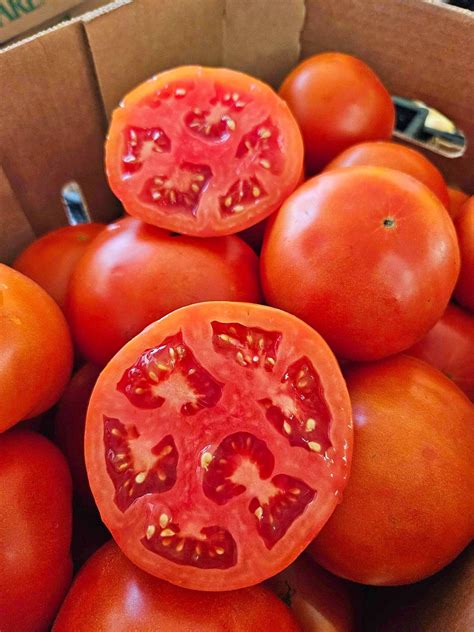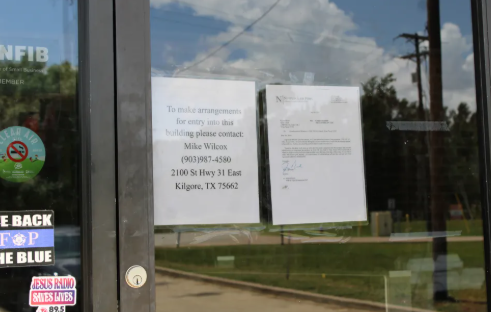Lundin: Tips to successfully grow tomatoes in East Texas
Published 4:55 am Monday, July 7, 2025
One of my favorite summer memories growing up in the Midwest is eating delicious vine-ripened tomatoes. Absolutely delightful! I assumed everyone could easily enjoy this treat every summer.
Then my husband and I moved to Oregon … ah! We would jokingly say summer never truly arrived until July. I would start my tomatoes from seed in February, coddle the seedlings and grow plants under lights, finally planting them in the garden surrounded by water-filled tubes and/or plastic which were removed in early July. By September, we could finally enjoy the first ripe tomato if we were lucky.
Now to East Texas. Oh, surely, I would have no issue growing tomatoes with all this abundant heat and sun! Little did I know that it can actually get too hot for tomatoes, and they will stop producing when the night-time temperatures reach mid-70s and day temperatures are above mid 90s. It made all the difference when I learned that East Texas gardeners usually plant tomatoes twice, thinking of two shorter seasons: avoiding the extremely hot dog-days of July and August.
Trending
According to Texas A&M AgriLife Extension, it is recommended to begin our seeds in January and set out transplants mid-March through mid-April. Start seeds again in early May and again set out in mid-July into August. They advise looking for varieties that mature in 70 to 80 days.
Celebrity is a variety that has done extremely well for me and is a determinate variety, meaning it produces its fruit all at once and is then finished. Many gardeners pull their non-productive plants in July or if they are a non-determinate variety, meaning they continue to produce over a long season, some prune them back and use shade cloth to extend their life for later fall production.
Other large to medium varieties that do well here are Better Boy, Big Beef, Brandywine, Porter Improved and Homestead. I, personally, prefer Celebrity hands-down although since it is a hybrid, you cannot save the seed. The second season transplanting can be done in late August or early September and will produce until the first winter freeze.
According to Dr. Joe Masabni, Texas A&M AgriLife extension service horticulturist, an alternative production method is to plant tomatoes three to four times with correct timing to ensure season-long harvest. We can expect 12 to 15 weeks from seed to first harvest. The second planting should be done so that the plants begin producing when the first planting is slowing down, usually starting these seeds 5-6 weeks after the first planting. These plants should be ready to transplant by mid-June and should be of a more heat tolerant variety such as Heatwave, Sunmaster, Solar flare or solar set. Then five to six weeks later, start seed again and repeat … and repeat, depending on the year.
Hopefully, by choosing a suitable variety and by following the method of two or even three to four short growing seasons, we all will be able to enjoy many bites of wonderful tomatoes.
— Smith County Master Gardeners are volunteer educators certified and coordinated by the Texas A&M AgriLife Extension Service







